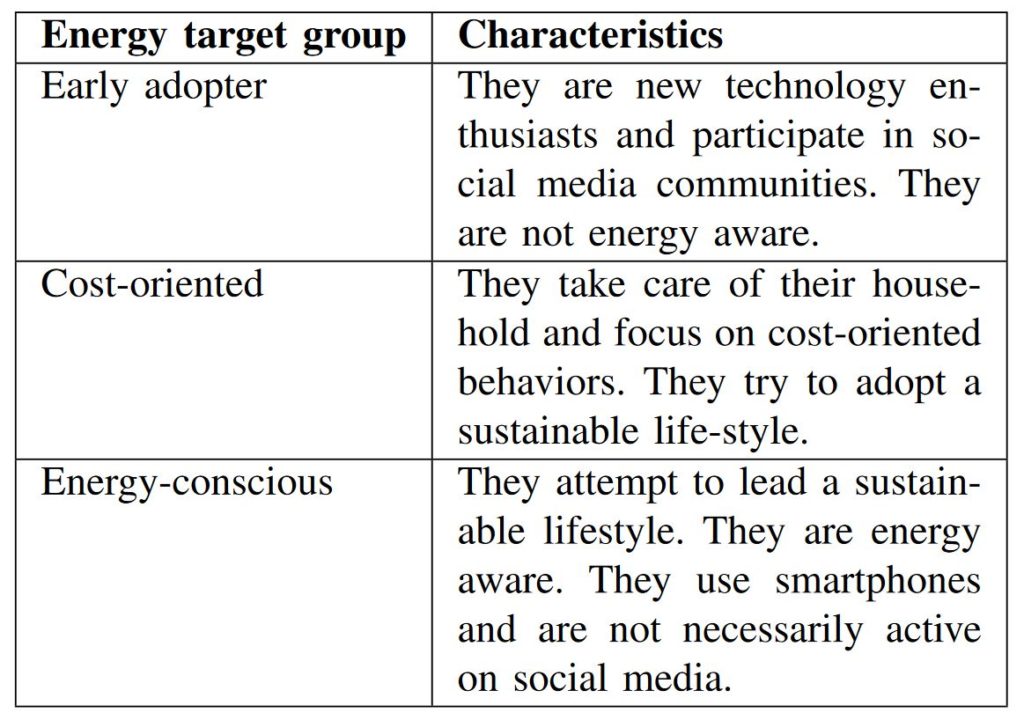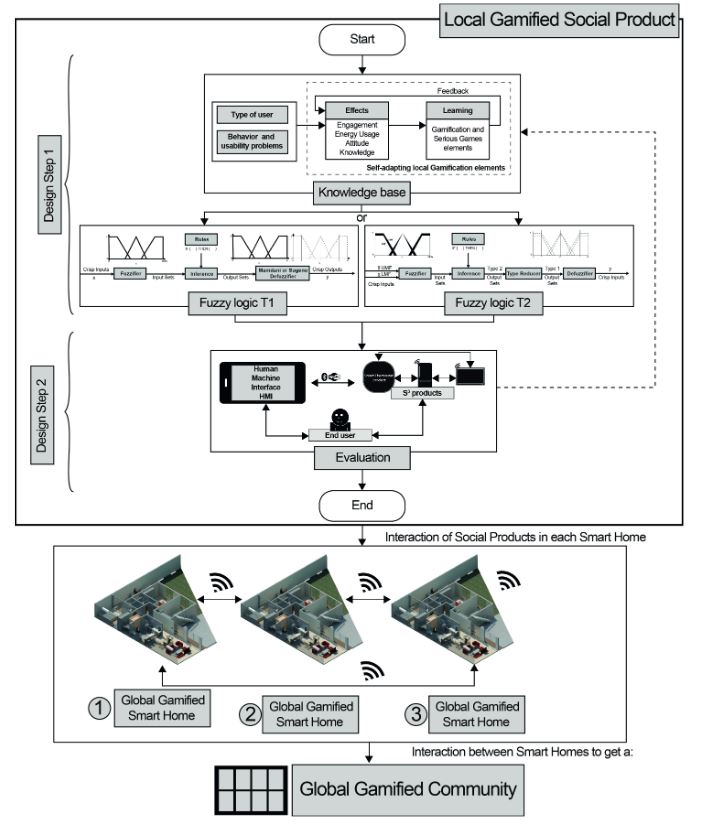As the world grapples with the increasing impact of climate change, being mindful of energy use and finding ways to conserve has been a major focus. In the United States, homes and buildings make up 40% of total energy consumption, compared to just 25% in the European Union. This suggests there is an opportunity for U.S. consumers to adopt more energy efficient habits.
To encourage behavior changes that will lead to lower energy use, researchers from the School of Engineering and Sciences of Tecnologico de Monterrey in Mexico, the University of California, Berkeley and the University of California, Davis have combined smart home devices and gamification to create a Gamified Smart Home.
The team’s three-step structure combines Social Products (SPs), gamification, and human behavior models to encourage lower energy consumption. The first step is to understand the role an individual’s behavior plays in how home electrical products are used. Smart home devices that communicate with each other can capture behavioral insights over time to develop energy-saving solutions tailored to the consumer. Understanding behaviors can also help increase smart home device usability and satisfaction, which is critical to behavior change.
“Modelling the end user’s behavior can generate a tailored human-machine interface that allows the user to operate and manage their energy devices in a friendly and straightforward manner without usability problems,” said Pedro Ponce, senior researcher with the Tecnológico de Monterrey.
Figure 1 below illustrates how household appliances are able to function as social products (SPs) in a smart home.

Figure 1: Household appliances able to become SPs in a Smart Home
While this concept seems simple enough, motivating a consumer to reduce their energy intake can be difficult without the right approach. Gamification – using gaming elements in a non-gaming scenario – can engage consumers to change behavior using either extrinsic or intrinsic motivation techniques. Intrinsic gamification elements include feedback, social comparison, and competition, whereas extrinsic gamification uses dashboards, progress bars, points, prizes, discounts, and challenges.
These gaming elements can then be combined with behavioral models to shape consumers’ habits and promote energy-saving measures in smart devices. Figure 2 outlines the various personalities, characteristics, and user types that the research team identified to classify consumers. These traits could also be used to group consumers into clusters of people with similar characteristics. Energy could then be managed for the cluster instead of the individual level, which would make demand more predictable.


Figure 2: The types of users based on characteristics
The team also used two types of Fuzzy Logic systems that take into account human reasoning versus numerical values to understand the motives behind consumers’ energy decisions. According to Ponce, this allows the system to outline the best gamification strategy to motivate the user. The outcome, as outlined in figure 3, is a Global Gamified Smart Home, using human behaviour to tailor specific gamification elements to users and nudge them to use less energy.

Figure 3: Proposed three-step structure (knowledge base, fuzzy logic and evaluation) of Social Products in a Smart Home
Integration is key, according to the team. “If the gamification structure is well planned and tailored for the type of user, it will positively influence how users engage in saving energy [in their] households,” said Juana Isabel Méndez, researcher with the Tecnológico de Monterrey.
Using this method as a guideline for designing smart homes could reduce energy consumption by 10% to 35%, the research team believes. It gives users greater insight into their own consumption level too, helping them understand how their personal habits make a difference in creating a greener planet.
For more information on smart homes or gamification, visit the IEEE Xplore Digital Library.



